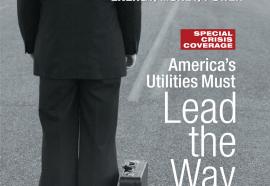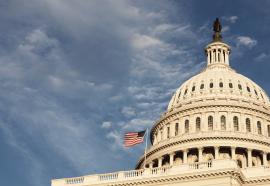Green Bailout
Congress pours tax benefits into efficiency and renewables.
Of the many provisions in the bailout bill, few of them actually establish new federal policy. Instead, most just continue existing provisions that already were set to expire, and probably would have been enacted in some form—if not this session, then next session.








